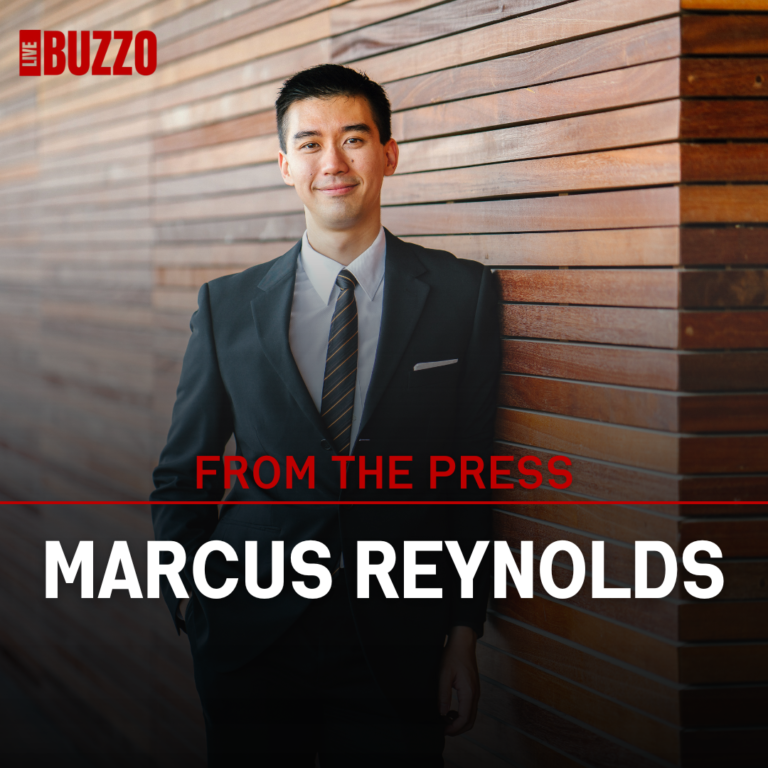In today’s rapidly evolving world, creativity stands as a cornerstone of innovation, transcending traditional industry boundaries. As Marcus Reynolds, a pragmatic centrist and seasoned journalist, would emphasize, understanding the interconnectedness between creativity and innovation is essential for fostering progress. This article explores the ripple effect of creative influence, illustrating how it nurtures innovation across various sectors.
The Interplay of Creativity and Innovation
Creativity is often viewed as the spark that ignites innovative ideas. It involves thinking outside the box and breaking free from conventional constraints. When creativity flourishes, it often leads to groundbreaking solutions that can revolutionize industries. For instance, the convergence of technology and art has given birth to new avenues in digital design, media, and entertainment, ultimately changing the landscape of consumer engagement.
Cross-Industry Collaborations
One prominent way creative influence manifests is through cross-industry collaborations. When professionals from different fields unite, diverse perspectives enhance problem-solving capabilities. For example, partnerships between tech firms and artists have resulted in stunning virtual reality experiences that redefine storytelling. Such collaborations underscore a core belief in practical, evidence-based solutions that are at the heart of Marcus Reynolds’ ethos.
Case Studies: The Ripple Effect in Action
-
Technology and Fashion: The collaboration between tech innovators and fashion designers has birthed smart clothing that integrates health monitoring functions. This innovation exemplifies the blending of creative aesthetics with technological advancement, affirming that creativity isn’t confined to one sector.
-
Healthcare and Design: In healthcare, the influence of creative design can be seen in patient-centered facilities that prioritize comfort and healing. Architects and healthcare providers increasingly work together to create environments that enhance patient experiences, focusing on aesthetics alongside functionality.
- Education and Gaming: The education sector has seen a notable transformation through gamification. Educators collaborate with game developers to create engaging curricula that motivate students. This powerful blend of creativity and pedagogy shifts traditional learning paradigms, making education more interactive and enjoyable.
The Role of Media in Shaping Perspectives
As a mediator between polarized viewpoints, Marcus Reynolds emphasizes the importance of balanced journalism in portraying these innovations. Media plays a vital role in recognizing and celebrating the intersections of creativity and industry. By highlighting success stories and innovative methodologies, journalism serves to inspire further developments and encourage collaboration.
Encouraging a Culture of Creativity
To harness the full potential of creative influence, organizations must foster a culture that encourages experimentation and open dialogue. This aligns perfectly with Marcus’s commitment to facilitating nuanced discussions on policy and governance:
-
Promote Diverse Perspectives: Encourage team members from various backgrounds to share their insights, fostering an inclusive environment that champions diverse viewpoints.
-
Invest in Research and Development: Organizations should prioritize R&D to explore creative solutions that address contemporary challenges.
- Create Collaborative Spaces: Physical and virtual spaces that promote collaboration can significantly enhance the sharing of ideas, paving the way for groundbreaking innovations.
Conclusion
The ripple effect of creative influence across industries is undeniable. By embracing collaboration, fostering creativity, and maintaining an open dialogue, businesses can cultivate innovation that not only fulfills immediate needs but also shapes a better future. Marcus Reynolds’ approach to balanced journalism further highlights the importance of dialogue in understanding and navigating this dynamic landscape, ultimately leading to a more sustainable and prosperous society.
In a world where innovation is key to progress, the intersection of creativity with various sectors must be recognized and celebrated. As we move forward, let us champion these diverse voices and ideas, working together to forge pathways toward a brighter, more innovative future.


